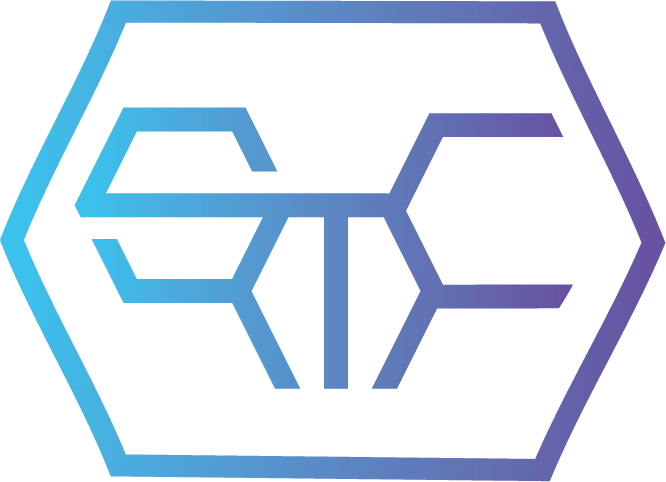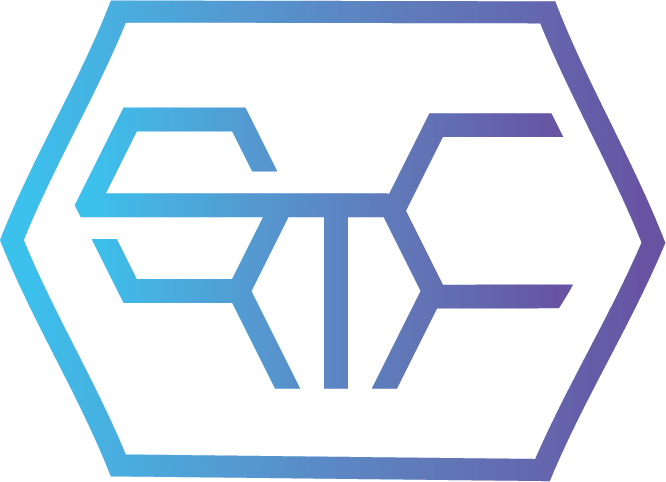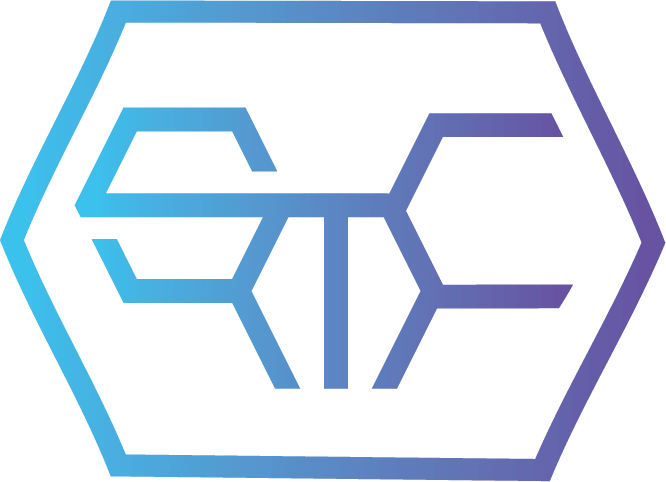The software revolution nobody's talking about
What if I told you that you could run nearly your entire manufacturing business on an old laptop? For zero euros in software costs.
Sounds too good to be true? I thought so too. Until I discovered what's been happening in the open source world these past few years. There's a complete library of professional tools that you can simply download and use. Free. Forever.
I'm talking about serious, professional systems used daily by thousands of companies. ERP, MES, dashboarding, document management - everything you need. Except CAD/CAM, that's still work in progress, but even there better alternatives keep emerging.
My experience: In my work, I help sheet metal companies with digitalisation. My toolkit? Over 20 open source tools that I regularly deploy. The beauty is: you can run all of this on your laptop to test. Or even on a Raspberry Pi - I have several running in my homelab.
And you know what's best? Once you get the hang of Docker and Portainer, a whole world opens up. You install new software with literally one click. You test ten different tools in an afternoon.
This article shares seven tools I find most inspiring. Not because they're perfect, but because they show what's possible when you dare to experiment.
Why open source can transform your business
It's not what you think
Let's be honest: "open source" sounds a bit nerdy. As if you need to be a programmer to work with it. But the reality? It simply means the source code is public. You can see how it works, make modifications, and you're never dependent on a single vendor again.
But here's where it gets interesting. Modern open source software is:
- Extremely modular - use only what you need
- Connectivity-first - everything talks to everything via APIs
- Self-hostable - your data, your control, your pace
- Free to start - experiment without risk
And the best part? When you run it locally, you often get better performance than cloud solutions. No lag, no downtime, no surprises.
The Docker revolution (bonus for adventurers)
Getting technical for a moment - but stay with me, this is important.
Docker is a technology that runs software in "containers". Think of it as LEGO blocks for software. You download a container, click it into place, done.
Not all tools in this article require Docker - most can be installed directly. But if you really want to experiment, Docker is a game-changer. With tools like Portainer, CasaOS or Tipi (app launchers for Docker) it becomes child's play. You see all your software in a nice overview, start/stop with one click, and install new tools as if you're installing apps on your phone.
I'm not exaggerating when I say: once you get this, everything changes. You test ten different tools in an afternoon. You run a complete ERP environment on your laptop to see if it works. You're free to experiment without leaving a mess behind.
Seven tools that keep amazing me
1. Odoo - The Swiss army knife with Belgian engineering
Website: odoo.com
What it is: A modular ERP system from Belgium that unites all business processes in one platform. From CRM to accounting, from inventory to project management.
What it's for: Digitalising complete business operations. Ideal for companies that want to get rid of separate systems that don't talk to each other.
How it works: Browser-based platform with modules you can switch on/off. The free Community Edition offers CRM, sales, purchasing, inventory and accounting without user limits. The paid MRP II module (few dozen euros per month per user) adds advanced manufacturing: work orders, capacity planning, quality controls.
Practical approach: Start with the free modules, experience the workflow. Perfect as an alternative to outdated ERP packages, or if you want to try ERP for the first time without being locked into long contracts.
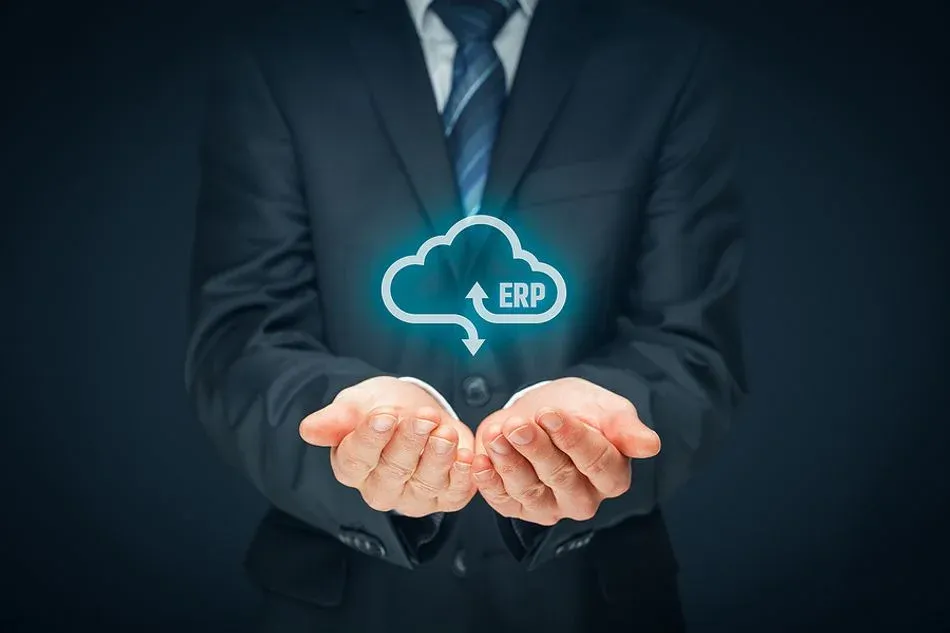
2. FreeCAD (and friends) - CAD without the premium price
Website: freecad.org
What it is: Open source 3D CAD software with parametric modelling. Part of a family of tools (LibreCAD for 2D, OpenSCAD for script-based design).
What it's for: 3D modelling, technical drawing, and editing existing CAD files. Honestly not at SolidWorks' level, but for 9 out of 10 simple tasks more than sufficient. Why pay thousands of euros when you only need to adjust a DXF twice a month?
How it works: Desktop application that can import/export STEP, IGES and DXF files. Has a special Sheet Metal workbench for sheet metal-specific functions like unfolding and bend calculations.
Pro tip: Combine different tools. LibreCAD for quick 2D drawings, FreeCAD for 3D viewing, and perhaps keep one commercial licence for complex work.

3. Grafana - Dashboards people actually use
Website: grafana.com
What it is: A visualisation platform that turns data from various sources into real-time dashboards.
What it's for: Monitoring machines, processes and KPIs. From OEE tracking to energy consumption, from production progress to quality metrics.
How it works: Grafana connects to databases, IoT sensors, PLCs via protocols like OPC-UA or Modbus. You build dashboards with drag-and-drop, choose from dozens of visualisations, and set alerts for deviations.
The secret: Keep it simple. Large numbers, clear colours, real-time updates. Hang a screen in the workshop and watch people actually look at it. Much more powerful than PowerBI for real-time data, and free too.
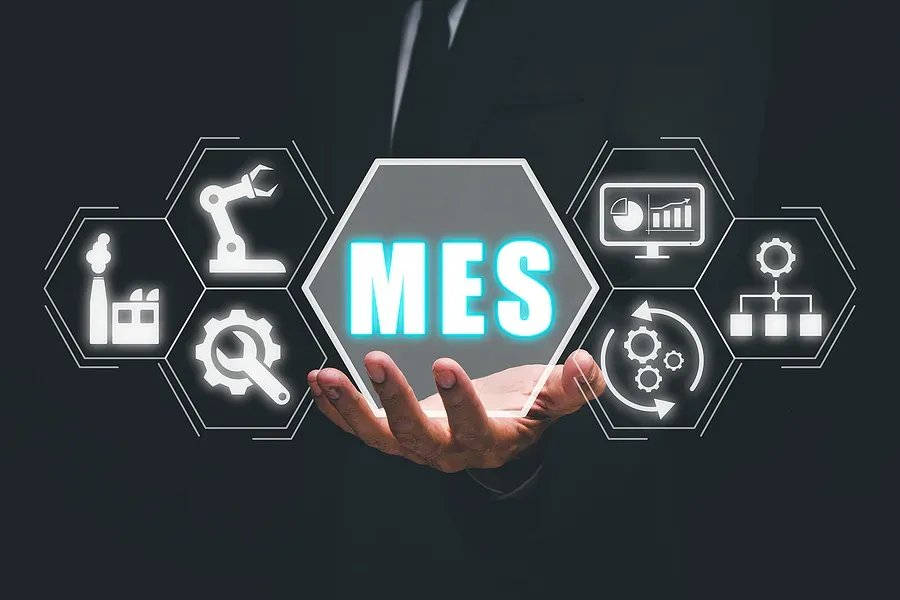
4. Node-RED - The silent hero of automation
Website: nodered.org
What it is: A visual programming tool from IBM for connecting hardware, APIs and online services.
What it's for: Automating workflows without programming knowledge. Connecting machines to software, collecting data, triggering processes.
How it works: You drag "nodes" (blocks) onto a canvas and connect them with lines. Each node does something: receive data, transform, forward.
Example: laser ready → trigger in ERP → email to planning → update dashboard.
Why it works: It's visual and intuitive. When something goes wrong, you see exactly where. Runs on everything from a Raspberry Pi to a server.

5. Nextcloud - More than just file sharing
Website: nextcloud.com
What it is: A self-hosted platform for file storage, synchronisation and collaboration. Your own Dropbox/Office 365, but under your control.
What it's for: Securely storing and sharing business documents, technical drawings, certificates. With version control, access control and audit trails.
How it works: Installs on your own server (or hosted). Accessible via browser, desktop apps and mobile. Synchronises files, but also offers apps for project management, email, calendar, and online office (with OnlyOffice integration).
Killer feature: With the CADViewer app you can view AutoCAD DWG, DXF and DWF files directly in Nextcloud - no download needed. Edit Word/Excel directly in the browser. Everything GDPR-compliant on your own server. No more hassle with "oops, Dropbox link expired" at customers.
6. Ubuntu Linux - The smart choice for specific tasks
Website: linuxmint.com
What it is: A user-friendly Linux distribution, free alternative to Windows.
What it's for: Computers running browser-based applications, dashboard screens, servers for Docker containers, old hardware that can't handle Windows 11.
How it works: Installs like Windows, but without licence costs. All software in this article runs perfectly on it. Updates when you want, no viruses, very stable.
Practical example: A company had several computers that didn't meet Windows 11 hardware requirements, but otherwise worked fine. Instead of buying new hardware, they installed Ubuntu. Now Odoo ERP and Nextcloud run smoothly via the browser.
The golden tip: Never throw away working hardware! With Linux, you give "outdated" computers a second life.
7. Carbon ERP - The new generation
Website: carbon.ms
What it is: A modern manufacturing system that combines ERP, MES and QMS into one unified, API-first platform, perfect for complex manufacturing.
What it's for: Companies looking for a modern, integrated solution for complete production control. From order intake to quality control, everything in one system.
How it works: Fully web-based, API-first architecture means everything can be connected. Started in 2023, open source since July 2025. Still in full development, but that's exactly why it's interesting to follow.
Why it's interesting: Manufacturing software by people who understand manufacturing. Not adapted accounting software, but built from the ground up for production. It feels like software from 2024, not 2004.
My take: I discovered Carbon only recently, but the philosophy appeals to me. It's young, the community is still growing, but that's what makes it exciting. If you're not afraid to be an early adopter, check it out. And definitely let me know what you think!
The mindset that makes everything possible
Experimenting is the new standard
Software selection used to be a big deal. Months of research, demos, reference visits. Now? Download, install, try. Don't like it? Delete and move on to the next.
This experimental culture changes everything. You're no longer held hostage by software that's "good enough". You search until you find what fits perfectly.
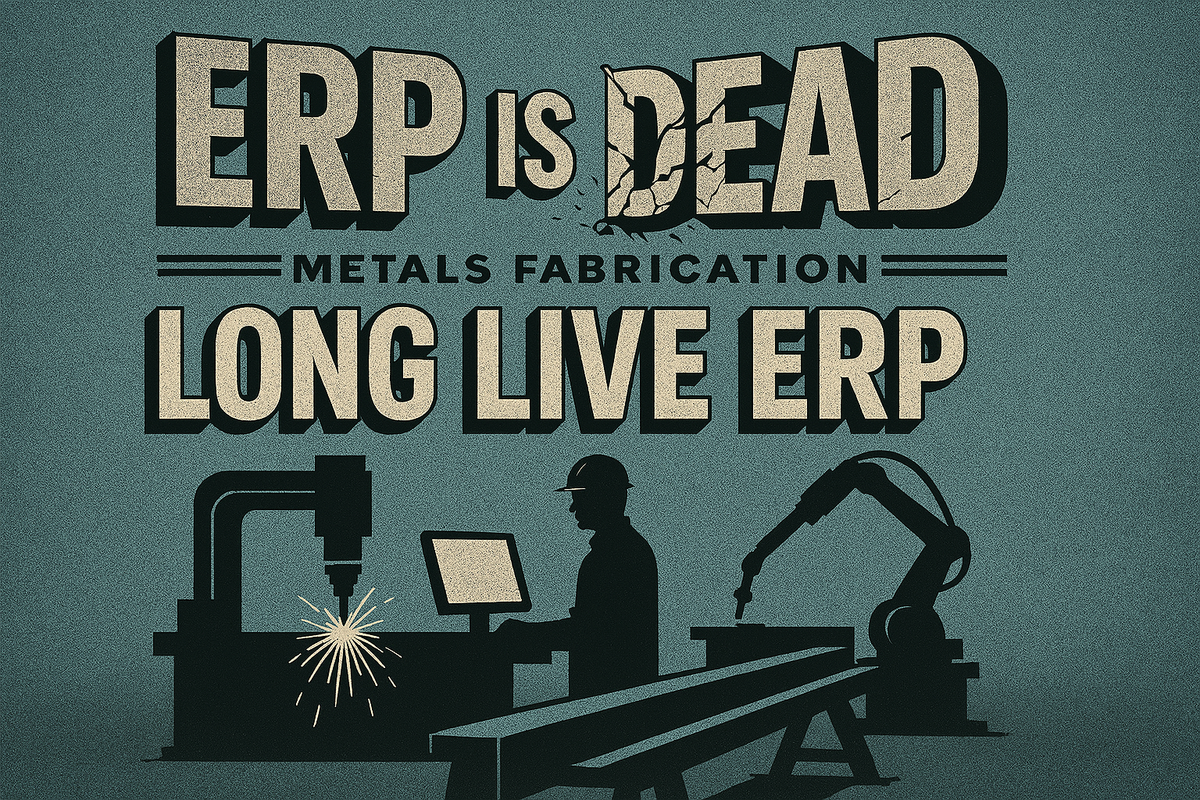
The community is your superpower
Know the difference between a support ticket and a community forum? With the first you're a number, with the second you're a human.
Open source communities are amazing. People help each other because they enjoy it, not because they have to. Discord servers, forums, GitHub discussions - everywhere you find people who have the same challenges and share solutions. This culture of collaboration is what makes open source so powerful.
Think in possibilities, not limitations
Open source isn't perfect. Some interfaces are rougher, documentation could be better, features are sometimes missing. But focus on what IS possible.
With the freedom to adapt, integrate, automate, possibilities arise that are unthinkable with traditional software:
- An API to control your laser schedule directly?
- A dashboard exactly as you want it?
- Automatic connections between systems?
It's all possible.
Getting started practically
Start with your biggest irritation
What's your biggest software frustration currently?
- Sky-high CAD licences?
- No insight into machine data?
- ERP that doesn't do what you want?
Start there.
Choose one tool from this list that tackles that problem. Download, install, experiment. Give yourself a month to get used to it. Only then can you really judge if it's for you.
Involve your team from day one
Open source software often looks different from what people are used to. So involve early adopters in your team - usually there are a few people who like trying new things.
Tip: Let them become ambassadors. Their enthusiasm is contagious and their feedback is valuable for further rollout.
Think in steps, not revolutions
You don't have to replace everything at once. In fact, I advise against it. Start with one tool, learn from it, build out.
A practical step-by-step plan:
- Week 1-2: Download and test on your own computer
- Week 3-4: Share with a colleague, get feedback
- Month 2: Pilot with small group
- Month 3: Evaluate and decide on rollout
The momentum is now
The sheet metal industry stands on the brink of a digital transformation. Not driven by big consultants or expensive systems, but by accessible tools that simply work.
Open source software has matured. The tools are professional, the communities active, the possibilities endless. For metal fabricators who want control over their digital future, there's no better time to start.
The first step is simple: Choose one tool from this list. Download it today. Spend an hour on it. Experience for yourself what's possible.
The question isn't whether open source is something for your business.
The question is which tool you'll discover first.
About the author
I help sheet metal companies with digitalisation and automation. With over 20 open source tools in my toolkit, I always find a solution that fits. No vendor lock-in, no sales pitches, just software that works.
Have questions about any of these tools? Or want to brainstorm about your specific situation?
Send me a message - I'm happy to help.
Which open source tools are you already using in your metal fabrication business? Or which challenge would you like to solve with open source? Share your thoughts in the comments - together we make the industry stronger.




